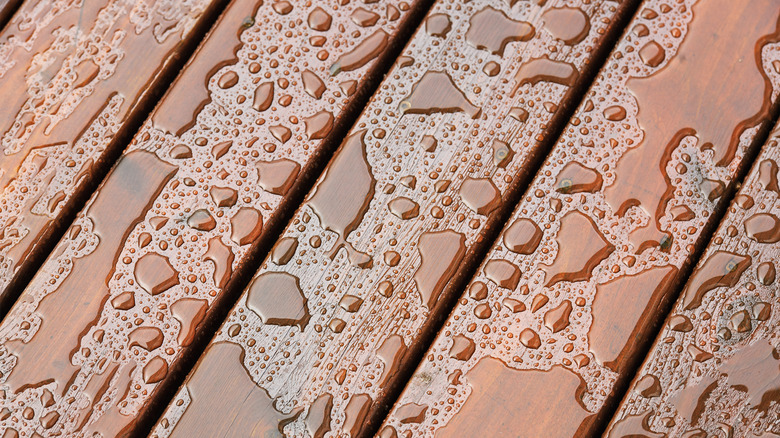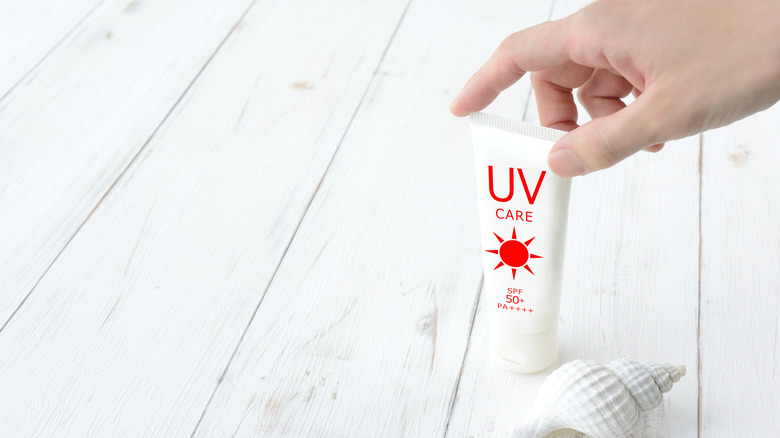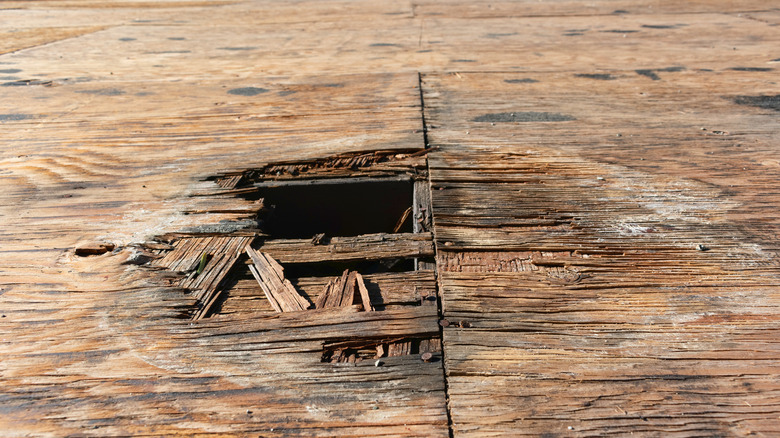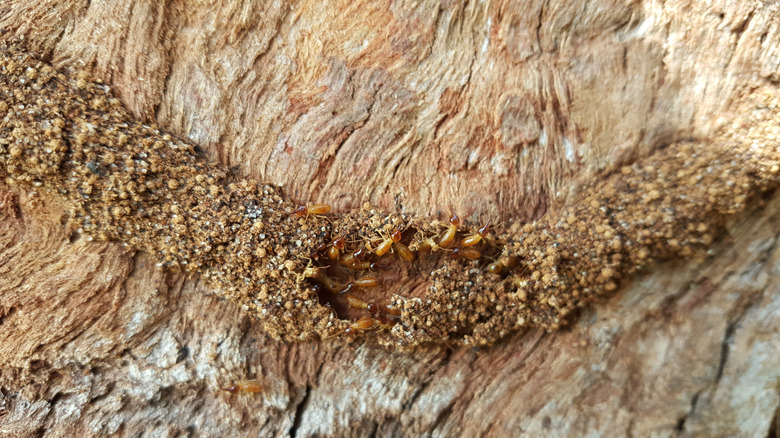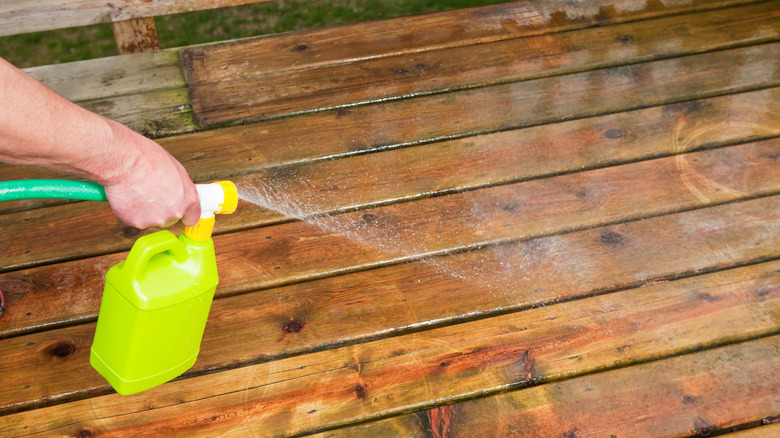Sneaky Reasons Your Deck Boards Are Cracking
Is your once-prized deck becoming an eyesore? A deck, when installed and maintained properly, can be an outdoor update that adds serious value to your home. But just as easily, they can turn into something you and your neighbors secretly hate about your yard. Cracking deck boards are a common and frustrating issue for homeowners. Sure, you might blame weather or time, but often there are sneakier culprits at play.
Understanding the root causes of why your deck boards are cracking is crucial in not only addressing current issues but also preventing future damage. This isn't just about aesthetics. Cracked boards can compromise your entire deck's safety.
But fear not, for we've outlined the subtle yet significant reasons why your deck boards may be cracking. By uncovering these culprits and learning how to effectively address them, you can extend your deck's lifespan, and safeguard your investment. Read on to discover the sneaky reasons why your deck boards are cracking.
Moisture fluctuations
One of the biggest secret agents of deck board cracking? It's water. Wood constantly absorbs and releases moisture from the environment. This is because wood is hygroscopic, meaning its cells have a natural tendency to attract and hold water from its surroundings. On top of that, wood constantly seeks equilibrium with the environment. If the air is humid, the wood will absorb moisture until it reaches a balance point. Conversely, if the air is dry, the wood will release moisture back into the air. This cycle of expansion and contraction is normal, but drastic swings due to changing seasons can wreak havoc.
The good news? You're not powerless. The first thing you can do is make sure you choose a wood for your deck based on your climate. Usually, the professionals installing your deck will know best what wood species are hardy for the climate your live in. But, you can always do your own research by looking up the Janka hardness scale, which measures a wood's resistance to denting and wear.
Another way to prevent or slow down this cycle is to waterproof or seal your deck. Neglecting to seal your deck, or failing to re-seal it when the time comes can cause your wooden deck to lose its structural integrity making it more prone to cracking. Homeowners who live in areas with dramatic seasonal changes should be especially wary of this because the fluctuation in temperature creates a moisture rollercoaster for your deck boards.
UV radiation
While we all love soaking up some rays, the sun isn't always a friend to your deck. Just like UV radiation can damage your skin cells, UV rays break down the lignin and cellulose that give wood its strength and structure (via Wood and Fiber Science). This breakdown weakens the wood fibers, making them more susceptible to cracking and splitting over time.
Sometimes, wood graying or discoloration can be a premature sign of weakness in your deck, indicating that it is likely to eventually crack. Exposure to UV rays also affects the natural pigments in wood. This typically isn't just a surface-level discoloration. It's a sign that the wood's natural defenses are weakening, making it more susceptible to further damage.
The intensity of UV radiation varies depending on your location and the time of year. But, you can protect your deck from the sun. Just like you would applying sunscreen before a day out, apply a sealant to your deck at least once a year. You can also stain your deck, which is a varnish that adds to the aesthetic appeal of your deck. But, your stain can actually have an impact on your wood's structural integrity. Lighter-colored stains reflect more UV rays, offering better protection for the natural wood color and prevention against cracking. If it's not time to seal or stain, but you're worried about the hot summer, you can also incorporate physical shade elements like awnings, pergolas, or trees to provide some relief from direct sunlight.
Improper installation
Installing a deck is not easy task, and making mistakes during this process can lead to disaster.
For one, deck boards need room to breathe. Remember how wood expands and contracts with moisture changes? It needs space to do that. If the deck boards are crammed together too tightly, the wood's natural movement is restricted. This can put immense pressure on the wood as it squeezes to make space, eventually leading to cracks. Moreover, if the wood doesn't have space for ventilation, moisture can get trapped in the wooden boards, causing a breeding ground for mold and mildew. This damp environment accelerates wood rot and weakened the deck, making it susceptible to cracking.
Other times, overzealous installers may overdo it with the fasteners. Driving screws too close to the edges or over-tightening them can cause the wood to split about the fastener holes. In a similar vein, improper support structures, like uneven joists or inadequate spacing between the posts can create uneven weight distribution leading to warping and, ultimately cracking.
Insect and termite damage
Of course, we can't forget the silent destroyers that lurk beneath the surface: insects and termites. These tiny critters can wreak havoc on your deck, eating away at the wood fibers and completely compromising your deck's structure. Carpenter ants and beetles are notorious for burrowing into wood to create nests. As they chew tunnels and chambers, they weaken the wood fibers. Termites, on the other hand, feed on wood cellulose, the main structural component. Over time, this can hollow out the deck boards form the inside, leaving them brittle and prone to cracking.
Insects and termites aren't always easy to spot. But they often bring other signs of trouble you can look out for. The first are tunnels or holes in your deck's surface, which are formed from burrowing or chewing. Sometimes, you may even hear the damage before you see it. Tapping on your deck boards and hearing a hollow or empty sound, can indicate termite damage within that isn't visible on the surface yet. Another indicator is frass, or insect droppings, which may be harder to identify, since they look like sawdust. If you see piles of this around the base of your deck in combination with holes, you likely have insects eating away at your deck.
If you do suspect a critter invasion during one of your inspections, it's always best to call a professional, since they have the equipment and knowledge on how to rid your deck of these pests without creating more damage.
Improper cleaning
Last but not least, the sneakiest reason of them all: improper cleaning practices. We all clean our decks with the best of intentions. We wouldn't want to destroy the space we lounge, barbecue and read on. Unfortunately, some popular cleaning practices do more harm than good.
Harsh cleaning products like bleach, strong detergents, or degreasers can actually strip away the wood's natural oils and protective layer. This leaves the wood exposed and vulnerable to moisture infiltration, drying, and ultimately, cracking. In addition, abrasive tools like stiff wire brushes or power washers at high pressure, used too often, can scratch and damage the wood fibers. These tears may be microscopic but they weaken the wood's structure and create entry points for excess moisture, promoting rot, and increasing the risk of cracking.
Instead, when cleaning, matching the method to the material. Softer wood types can be cleaned sufficiently with softer sponges or soft-bristled brushes. Natural solutions like dish soap or vinegar and water or are also adequate for some types of wood. Regardless, it is always important to thoroughly rinse your deck after cleaning to prevent chemicals from sitting and seeping into your deck's wooden fibers.

